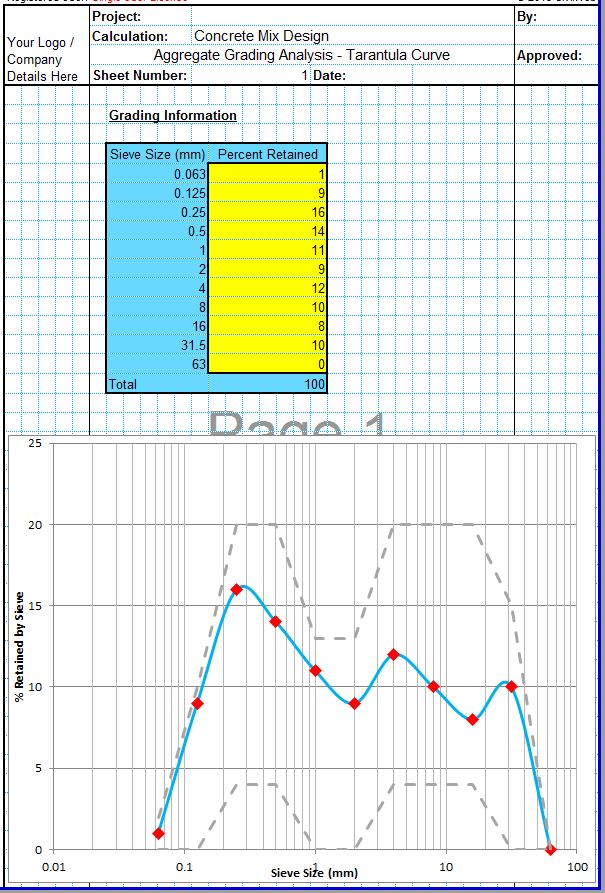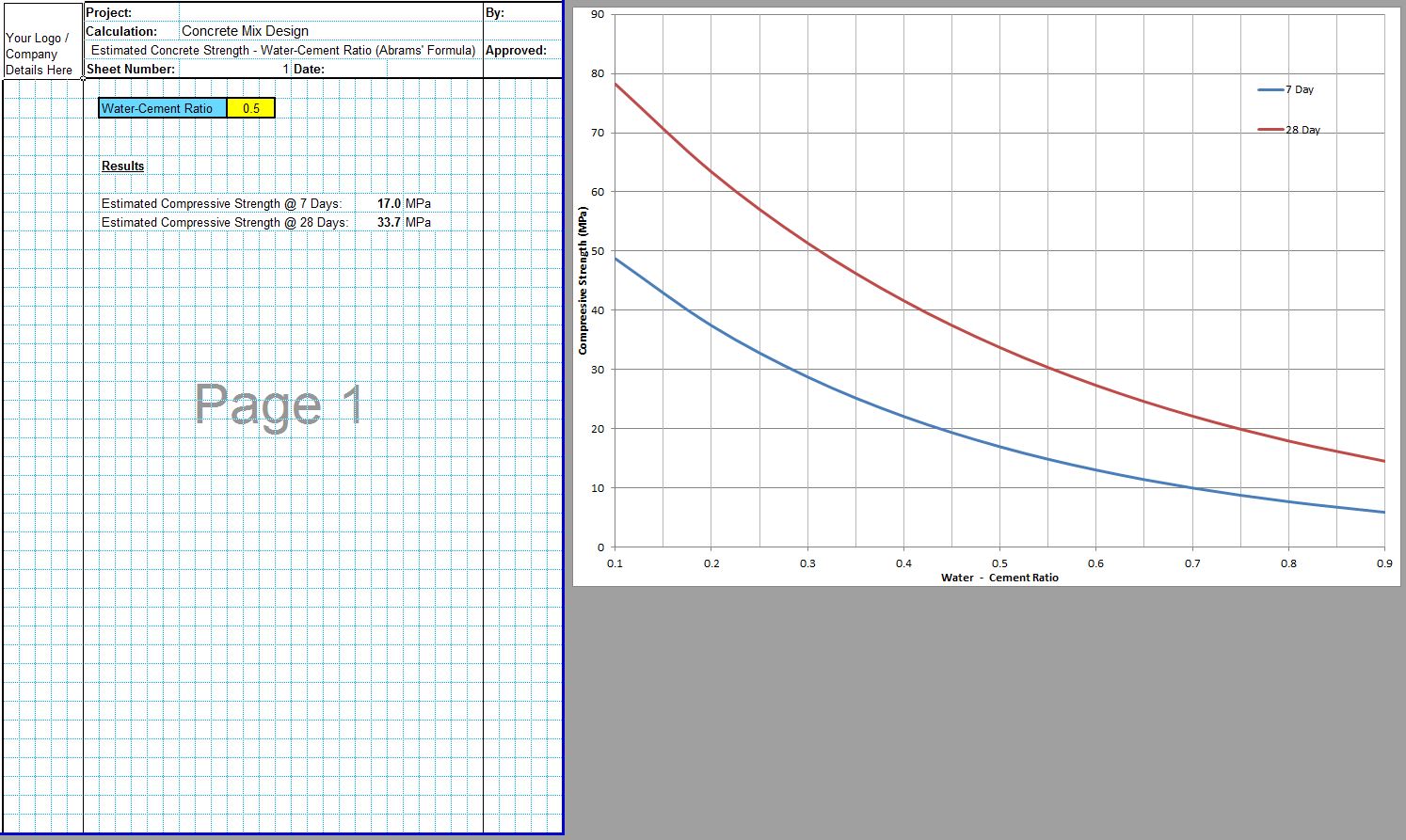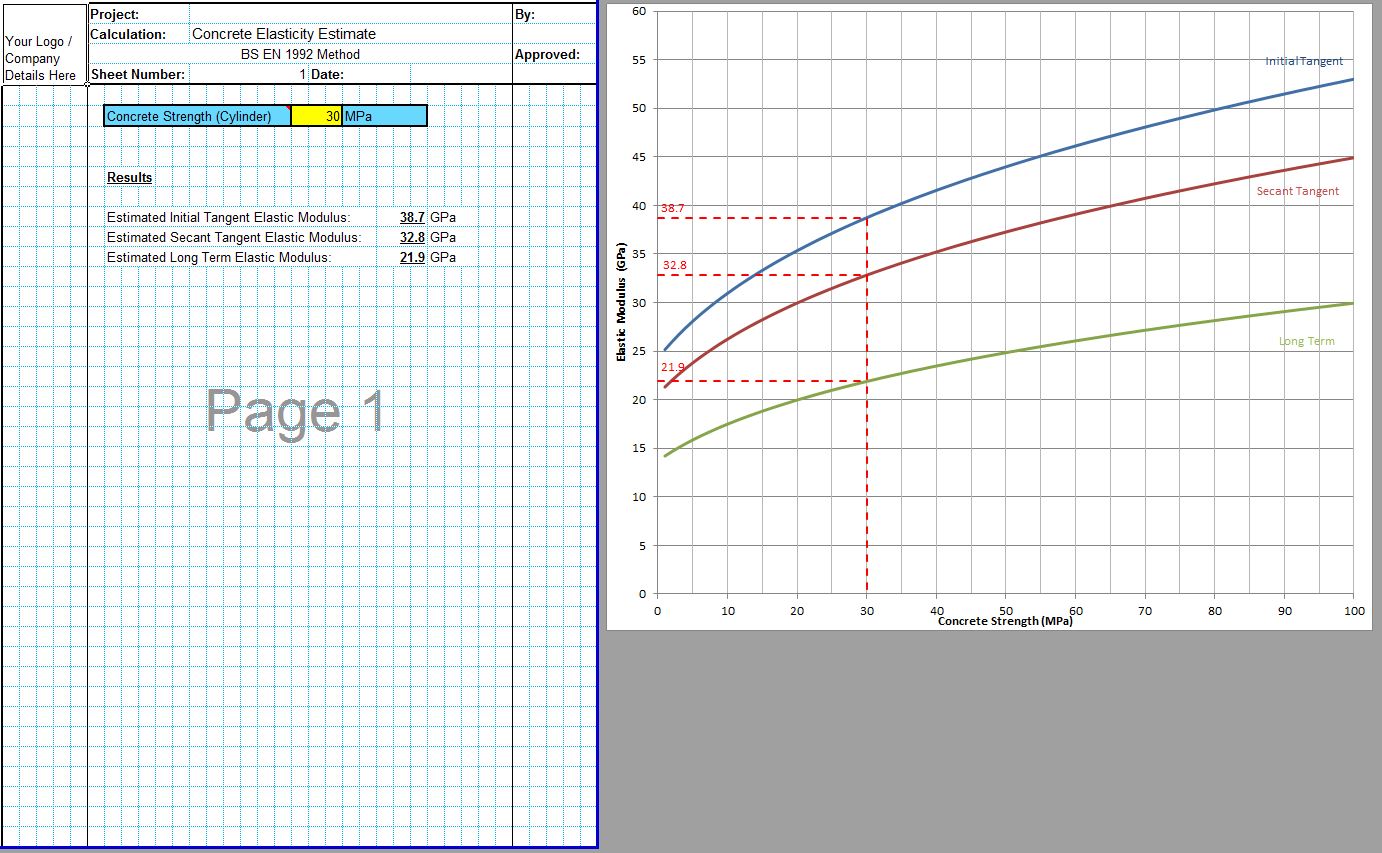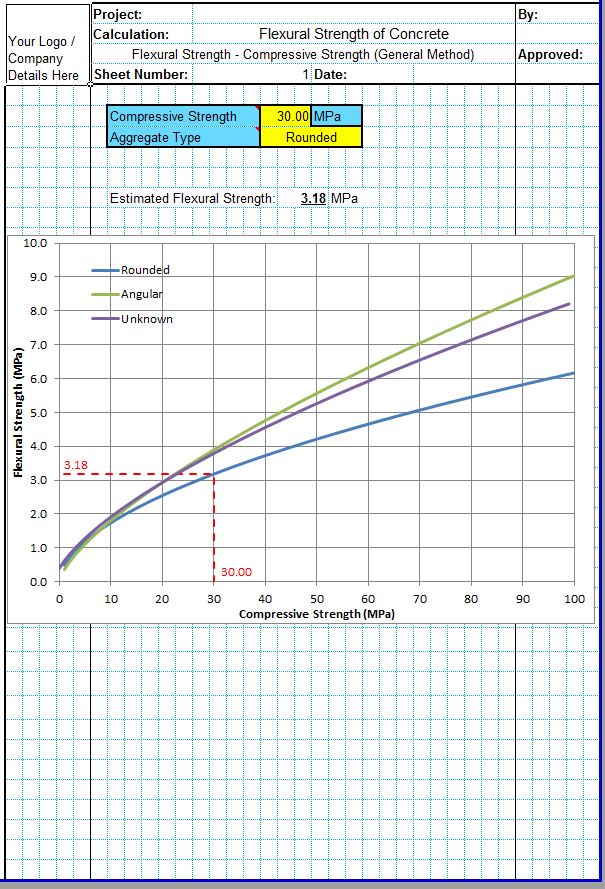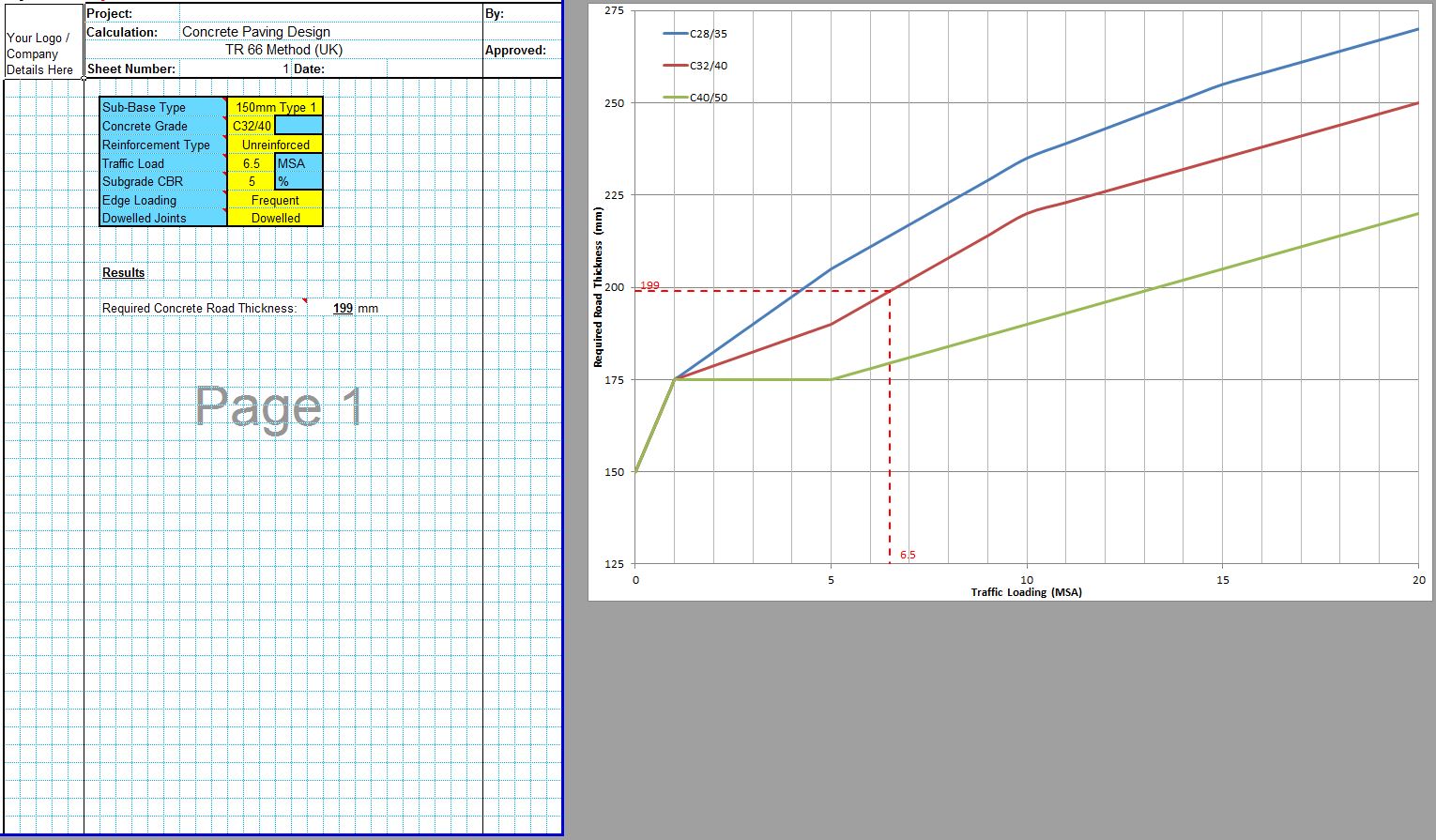The permeability of concrete is often equated with the durability. Harmful chemicals such as salts and chlorides penetrate the concrete through pores left behind when free water is able to evaporate after the concrete has hardened. Note that permeability is different from porosity as the pores need to be connected for chemicals to penetrate into the concrete. A large number of disconnected voids may lead to a large porosity, with low permeability.
A low permeability can reduce or stop many of the processes which reduce the durability of the concrete. These include;
- Freeze-Thaw Actions – Low permeability concrete contains fewer pores for water to penetrate then freeze, reducing the susceptibility to freeze-thaw actions.
- Water Leachates – Water penetrating into the concrete can also introduce leachates such as calcium hydroxide or dissolved ions which can attack the concrete.
- Chloride Penetration – Chlorides promote corrosion of any embedded steel such as reinforcement. Low permeability concrete restricts the ability for chlorides to penetrate deeply enough to affect any reinforcement steel.
- Oxygen/Moisture Penetration – Similarly any oxygen or moisture which would accelerate the corrosion of any embedded steel can be prevented from reaching the steel by a low permeability concrete.
- Salt Attack – Some salts can damage the pavement by exerting pressure during freeze-that cycles or by crystallizing during wetting-drying cycles.
- Alkali-Aggregate Reactions – Any aggregates susceptible to alkali-aggregate reactions can be protected by low permeability concrete which will prevent alkalis from reaching the aggregates.
- Sulfate Attack – Low permeability concrete prevents sulfates from the ground or other sources from penetrating the concrete and attacking the aluminate compounds within the concrete.
There are a large number of potential chemical actions which can lead to the deterioration in the condition of the concrete and most can be reduced by achieving a low permeability concrete. For this reason it is important that measures are taken to reduce the permeability of the concrete as far as possible. Permeability can be reduced by;
- Reducing Cracking – Any cracks in the concrete will allow water to penetrate into the concrete more easily. The width of any cracks should also be reduced where cracking is intended or cannot be prevented.
- Reduced Water-Cement Ratio – Capillary pores are formed in the concrete structure when free water evaporates after the concrete has hardened. A lower water-cement ratio means that less water will be present in the concrete after hydration leading to less pores. Note that a larger cement content can lead to greater shrinkage cracking which will increase the permeability.
- Longer Curing – Longer curing time will allow more of the free water to be used up in hydration and less water lost to evaporation, leading to fewer pores in the hardened concrete.
- Using Supplementary Cementitious Materials (SCMs) – Some SCMs (particularly microsilica) increase the density and reduce the permeability of the hardened concrete.

